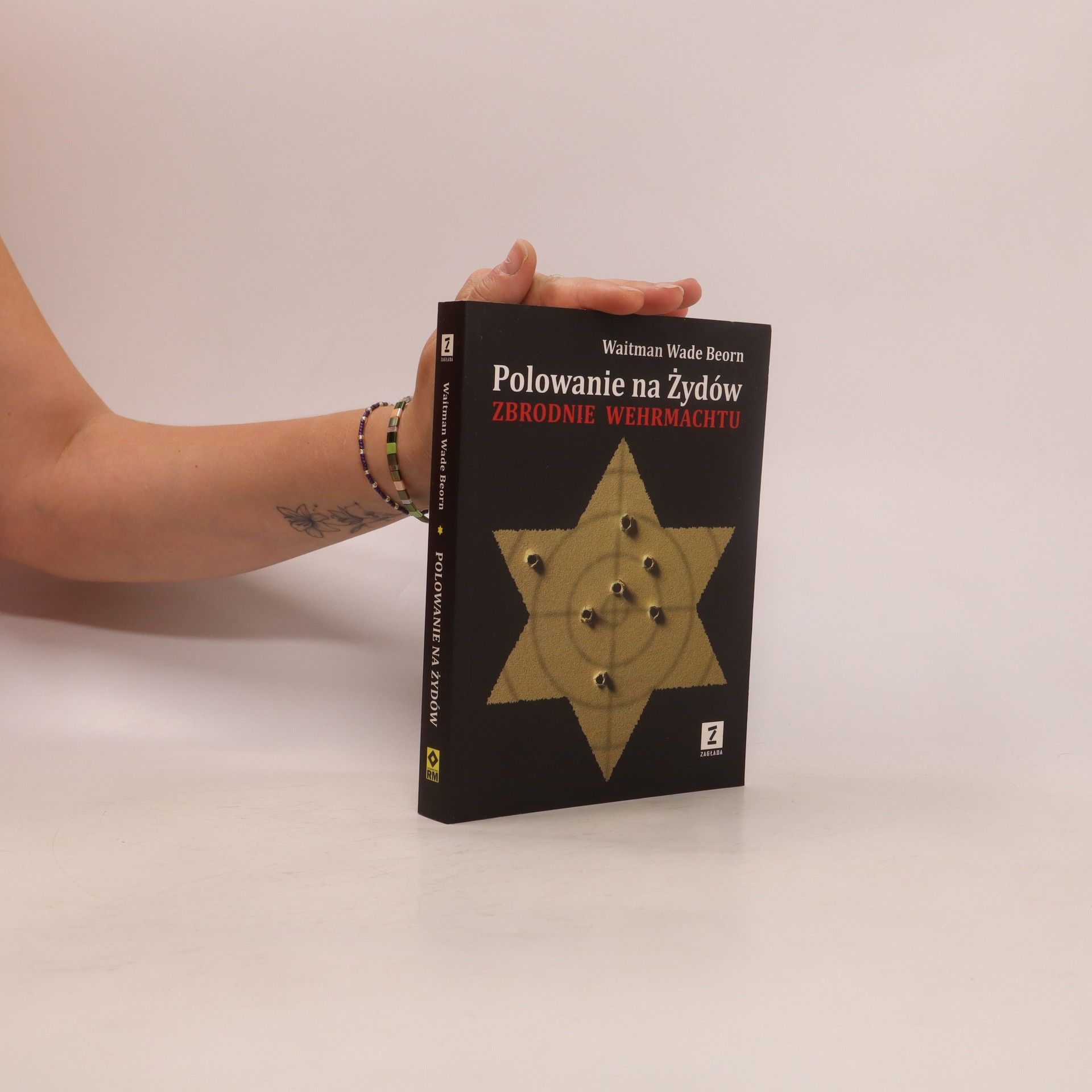Dzień 10 października 1941 roku okazał się ostatnim w życiu żydowskiej społeczności w białoruskiej wsi Krucza wszyscy zostali rozstrzelani. Choć specjalne oddziały SS zwane Einsatzgruppen rutynowo przeprowadzały masowe egzekucje na froncie wschodnim, ta zbrodnia nie była ich dziełem. Popełniła ją z własnej inicjatywy regularna jednostka niemieckiej armii. Ta książka obala mit, że Wehrmacht nie odegrał żadnej znaczącej roli w Holokauście. Wydobywa z mroku mrożące krew w żyłach obrazy codziennego udziału zwykłych niemieckich żołnierzy w ostatecznym rozwiązaniu. Opowiada, jak wyłapywali oni Żydów, pilnowali i prowadzili na miejsce kaźni, a niejednokrotnie pociągali też za spust. Jak gwałcili Żydówki i przywłaszczali sobie żydowskie mienie. Książka oddaje sprawiedliwość również tym nielicznym w szeregach Wehrmachtu, którzy odmówili uczestnictwa w zbrodni na narodzie żydowskim.
Waitman Wade Beorn Bücher


Dzień 10 października 1941 roku okazał się ostatnim w życiu żydowskiej społeczności w białoruskiej wsi Krucza – wszyscy zostali rozstrzelani. Choć specjalne oddziały SS zwane Einsatzgruppen rutynowo przeprowadzały masowe egzekucje na froncie wschodnim, ta zbrodnia nie była ich dziełem. Popełniła ją z własnej inicjatywy regularna jednostka niemieckiej armii. Ta książka obala mit, że Wehrmacht nie odegrał żadnej znaczącej roli w Holokauście. Wydobywa z mroku mrożące krew w żyłach obrazy codziennego udziału zwykłych niemieckich żołnierzy w „ostatecznym rozwiązaniu” ale oddaje sprawiedliwość również tym nielicznym z nich, którzy odmówili uczestnictwa w zbrodni na narodzie żydowskim. Waitman Wade Beorn prowadzi badania nad Holokaustem na terenach dzisiejszej Białorusi i Ukrainy. Wykłada obecnie na wydziale historii University of Virginia.